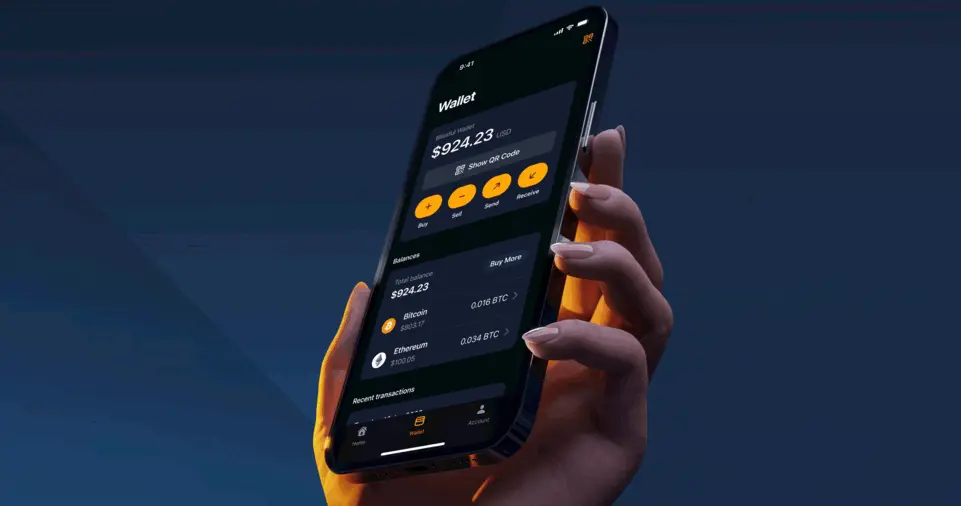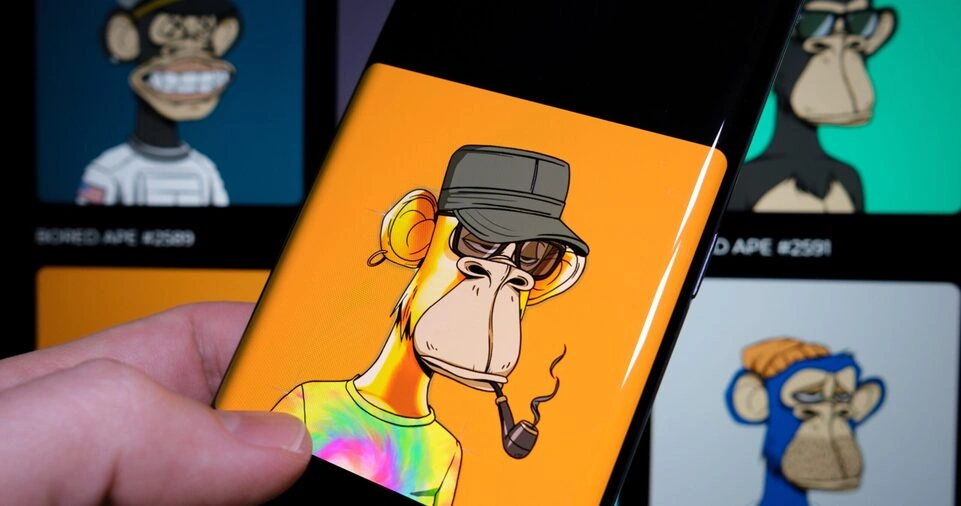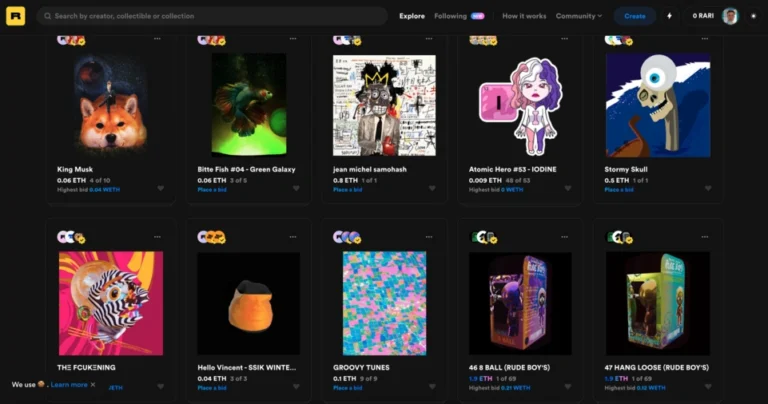The world of digital assets has been revolutionized by the rise of Non-Fungible Tokens (NFTs). NFTs are unique, blockchain-based assets that represent ownership of digital items such as art, music, videos, and even virtual real estate.
The NFT market has exploded in recent years, with artists, gamers, and investors capitalizing on this new technology to create, sell, and trade unique digital assets.
If you’re new to NFTs and wondering how to get started, this comprehensive guide will walk you through the entire process step-by-step.
By the end of this guide, you’ll know how to create an NFT, mint it on the blockchain, list it on a marketplace, and successfully sell it.
We will also discuss various strategies to promote your NFTs and increase your chances of making sales.
Whether you’re an artist, musician, or simply a digital entrepreneur, this guide will provide you with the essential knowledge to enter the NFT space and maximize your success.
What are NFTs?
Understanding Non-Fungible Tokens
Non-Fungible Tokens (NFTs) are digital assets stored on a blockchain that represent ownership of unique items.
Unlike cryptocurrencies such as Bitcoin or Ethereum, which are interchangeable and have equal value, NFTs are one-of-a-kind and cannot be exchanged on a one-to-one basis.
This uniqueness is what gives NFTs their value, making them highly sought after by collectors and investors.
NFTs can be used to represent a variety of digital and physical items, including:
- Digital Art – Paintings, illustrations, and graphic designs
- Music – Songs, albums, and exclusive music content
- Videos and GIFs – Short clips, animations, and memes
- Virtual Real Estate – Land in the metaverse
- Gaming Assets – Skins, characters, and weapons in blockchain-based games
The ownership of NFTs is recorded on a decentralized ledger (blockchain), ensuring authenticity, scarcity, and proof of ownership.
This means that once you own an NFT, no one else can claim ownership unless you decide to sell or transfer it.
Choosing the Right Blockchain for NFTs
Popular Blockchains for NFT Creation
Before creating an NFT, you need to choose the blockchain on which it will be minted. The blockchain you choose affects the cost, speed, and accessibility of your NFTs.
Here are some of the most popular NFT-compatible blockchains:
- Ethereum (ETH) – The most widely used blockchain for NFTs. It supports popular marketplaces like OpenSea, Rarible, and Foundation. However, Ethereum has high gas fees, which can make transactions expensive.
- Solana (SOL) – A fast and low-fee blockchain gaining popularity in the NFT space. Marketplaces like Magic Eden and Solanart support Solana-based NFTs.
- Polygon (MATIC) – An Ethereum layer-2 solution that offers lower fees and faster transactions. Popular for gas-free minting on OpenSea.
- Binance Smart Chain (BSC) – A cheaper alternative to Ethereum with NFT marketplaces like Binance NFT and AirNFTs.
- Tezos (XTZ) – A blockchain known for eco-friendly NFT minting with lower costs, used by marketplaces like Hic et Nunc and Objkt.
Each blockchain has its advantages and drawbacks, so choose one based on your budget, target audience, and preferred NFT marketplace.
ALSO READ: How to Diversify Your Investment Portfolio for Long-Term Gains
Setting Up a Crypto Wallet

Why Do You Need a Crypto Wallet?
To create, buy, sell, or store NFTs, you need a crypto wallet. A crypto wallet allows you to store cryptocurrencies and interact with NFT marketplaces.
Here are some popular wallets to consider:
- MetaMask – Best for Ethereum and Polygon NFTs.
- Phantom – Ideal for Solana-based NFTs.
- Trust Wallet – Supports multiple blockchains, including Ethereum and Binance Smart Chain.
- Coinbase Wallet – A user-friendly wallet for beginners.
How to Set Up a Crypto Wallet
- Download and Install the Wallet App – Visit the official website or app store and install the wallet.
- Create a New Wallet – Follow the setup instructions and generate your wallet.
- Secure Your Seed Phrase – Write down your 12- or 24-word recovery phrase in a safe place. Losing this phrase means losing access to your wallet.
- Add Cryptocurrency – Buy Ethereum (or other blockchain tokens) from exchanges like Binance, Coinbase, or Kraken and transfer them to your wallet.
Once your wallet is set up, you’re ready to start minting NFTs.
How to Create and Mint an NFT
Steps to Create an NFT
- Choose Your Digital Asset – Create a unique artwork, music file, or video that you want to turn into an NFT.
- Select an NFT Marketplace – Some of the best NFT marketplaces include:
- OpenSea (Ethereum, Polygon)
- Rarible (Ethereum, Tezos, Flow)
- Magic Eden (Solana)
- Foundation (Ethereum)
- Connect Your Wallet – Click on the “Connect Wallet” button and approve the connection.
- Click “Create” and Upload Your NFT – Upload your file and fill in details such as name, description, and price.
- Mint the NFT – Finalize the process by paying the minting fee (gas fee).
Some marketplaces offer lazy minting, which allows you to create NFTs without paying upfront fees.
Listing Your NFT for Sale

Setting a Price for Your NFT
You can sell your NFT in different ways:
- Fixed Price – Set a fixed price (e.g., 0.1 ETH).
- Auction – Buyers place bids, and the highest bid wins.
- Timed Auction – A bidding war takes place within a set time frame.
To list your NFT:
- Go to your NFT collection on the marketplace.
- Click “Sell” and choose the type of sale.
- Set a price and confirm the listing.
- Approve the transaction in your wallet.
Once listed, your NFT is available for purchase.
Promoting Your NFT for Maximum Sales
How to Market Your NFT Collection
Simply creating an NFT is not enough—you need to promote it effectively to attract buyers.
Here are some strategies to market your NFTs:
- Use Social Media – Promote your NFT on Twitter, Instagram, and TikTok.
- Join NFT Communities – Engage in Discord and Telegram groups.
- Leverage Influencers – Collaborate with NFT influencers to gain exposure.
- Run Giveaways – Organize NFT giveaways to build an audience.
- Create a Website – Showcase your NFT collection on a personal website.
The more visibility your NFT gets, the higher your chances of making a sale.
ALSO READ: How to Improve Your Business Credit Score
Conclusion
NFTs have created a new wave of digital ownership, allowing creators to monetize their work in innovative ways.
Whether you’re an artist, musician, or content creator, NFTs offer a lucrative opportunity to showcase and sell your digital creations.
By following the steps outlined in this guide—choosing the right blockchain, setting up a wallet, minting your NFT, listing it on a marketplace, and effectively promoting it—you can enter the NFT space with confidence.
Stay updated with trends, engage with the NFT community, and continue refining your strategy to maximize your success.
Happy minting and selling!











